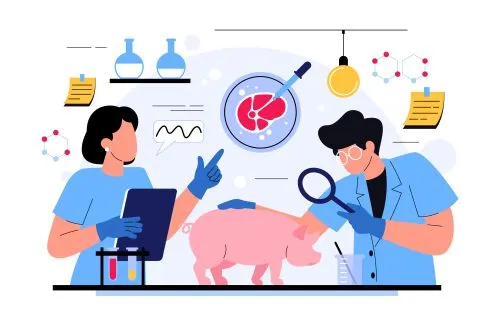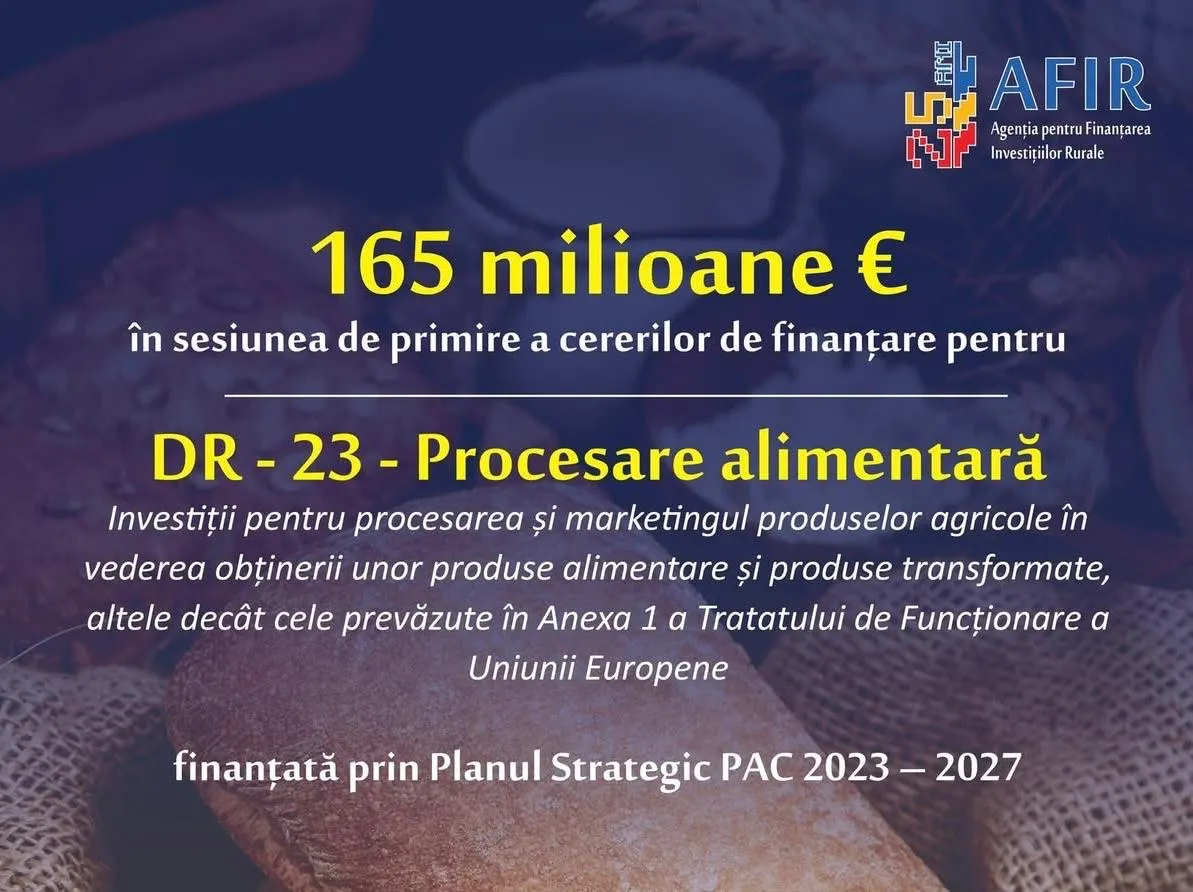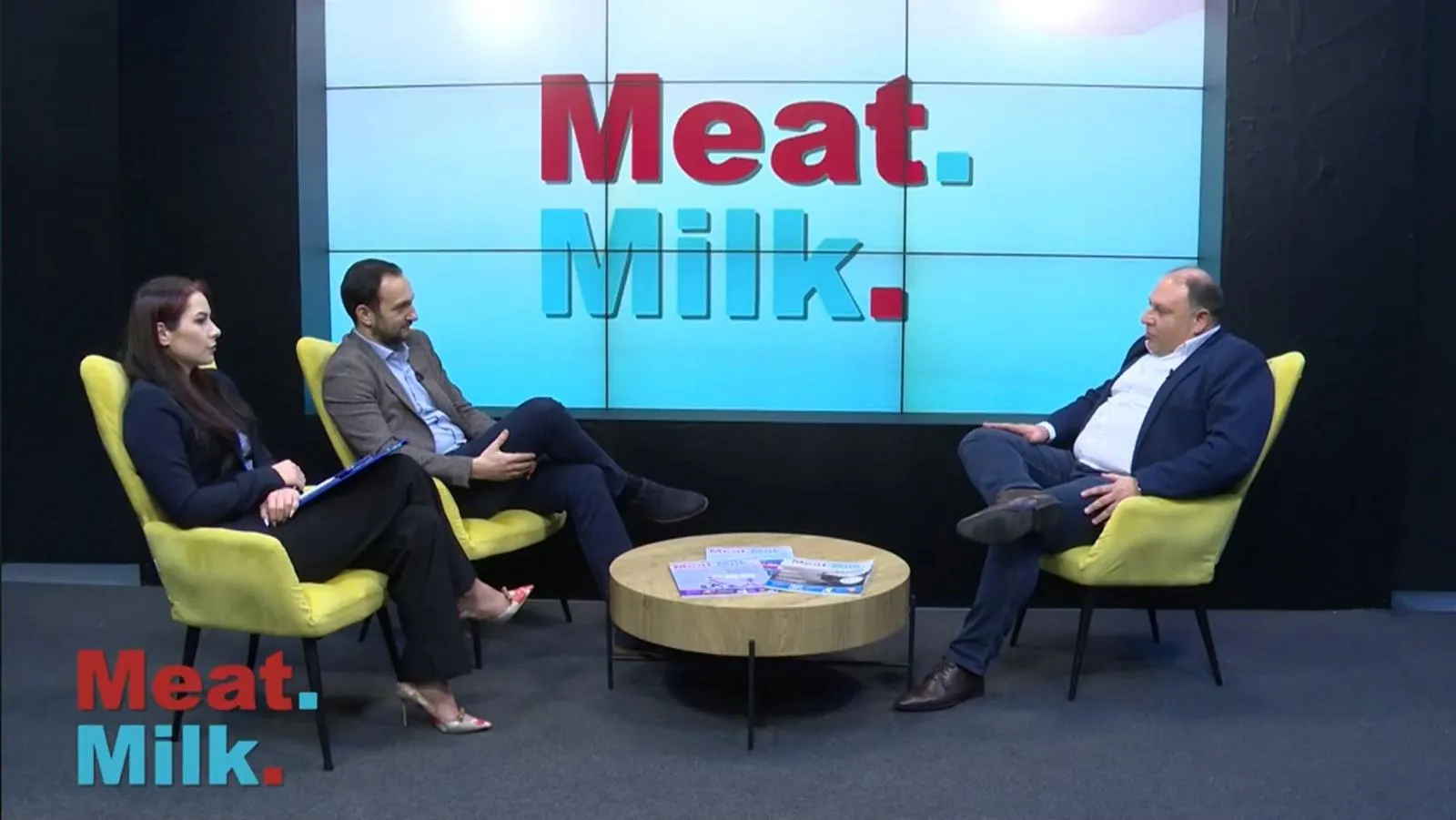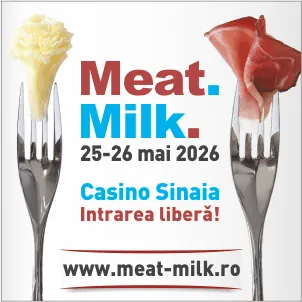872
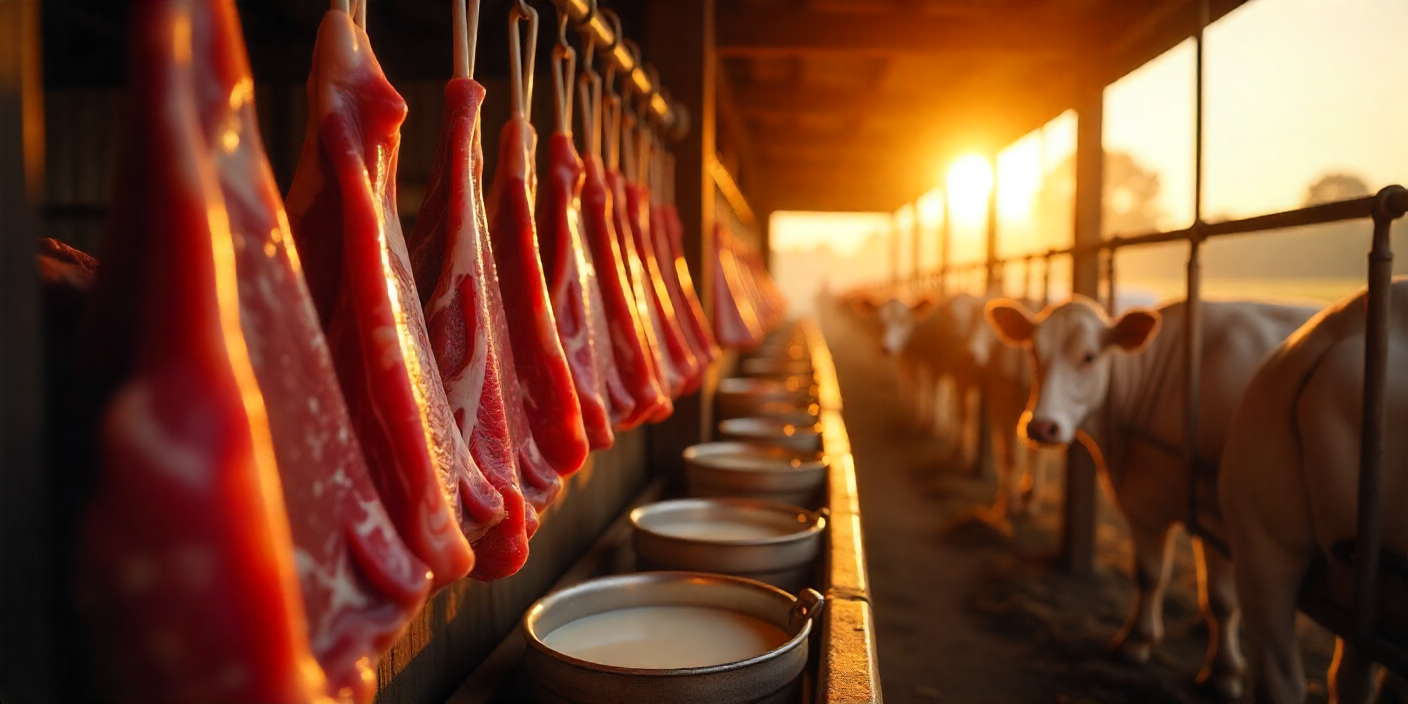
Romanian Agriculture: Still Reliant on Milk and Meat
Romanian agriculture remains heavily dependent on two key sectors: milk and meat. According to data published by the National Institute of Statistics (INS) for 2024, these branches showed contrasting developments, reflecting both the opportunities and challenges faced by producers.
Milk – Moderate Growth, But Heavy Imports
In 2024, the quantity of milk collected from farms increased by 3.7%, reaching 1.06 million tons. However, this positive trend was overshadowed by a surge in imports: +44.5% in raw milk, a clear sign that domestic demand far exceeds local supply. This dependence on external markets remains a vulnerability for Romanian farmers.
Meat – Poultry Gains Ground, Pork Declines
Total meat production stood at around 4.5 million tons (carcass equivalent). While poultry meat recorded growth of +6.5%, the pork segment dropped by –3.1%, affected by high costs and the impact of African swine fever. Thus, Romania continues to export poultry in large volumes while importing significant quantities of pork.
Comparative Analysis: Meat vs. Milk
- Profitability: Poultry meat has a short production cycle and ensures quick cash flow. Milk requires substantial investment in infrastructure—barns, cooling tanks, processing lines—but can generate higher value-added products.
- Dependence on imports: Milk remains heavily reliant on external sources, while poultry positions itself more favorably on export markets.
- Consumption trends: Fresh dairy products (yogurt, cheese, butter) are gaining popularity, while in the meat sector, consumers are turning toward poultry and turkey, considered healthier options.
Conclusion
In the short term, the poultry meat business offers greater stability and a solid export market. In the long run, however, milk and its derivatives—especially matured cheeses or those with Protected Designation of Origin (PDO/PGI)—can deliver higher margins and access to premium niches.
Success will depend on farmers’ ability to invest in technology and diversification: those who manage to move from simple production to processing and proprietary branding will set the market’s direction in the coming years.
(Photo: Freepik)

